Can my stroke patient exercise?
Stroke (Cerebrovascular Accident), commonly known as ictus or stroke, is the third leading cause of disability in developed countries. Its rehabilitation is also one of the most costly, as it involves problems of cognition and mobility, memory, sensitivity and pain, and psychological problems derived from the episode.
The incidence of stroke has increased in recent years due to the aging of the world population, obesity, diabetes and sedentary lifestyles. Approximately 0.4% of the Western population has suffered a stroke before the age of 45 years, which is alarming in terms of epidemiology and associated health care costs.(Han et al. 2017)
Many studies have supported the implementation of health prevention programs to mitigate the incidence of this pathology. These programs include physical exercise and education of the population on nutrition and healthy lifestyles.
Already in 2014, Pollock A et al. specified which were the main branches of research in stroke survivors and it became clear that the application of exercise was one of them.
Physiotherapy is one of the mainstays of treatment for this type of patient. Its main objective in these cases is to restore and maintain ADLs, usually from the first few days, although the intervention continues in more advanced stages of recovery.
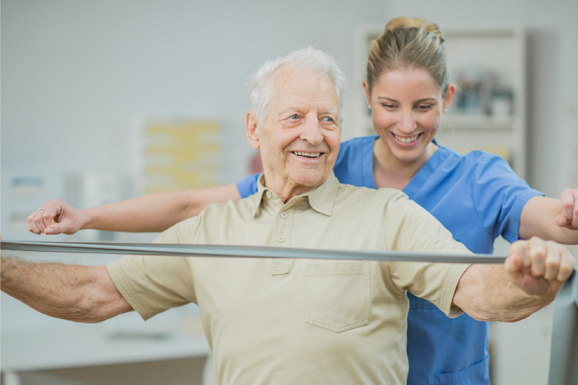
Treatment of stroke in physiotherapy
Rehabilitation in stroke patients is based on neuroplasticity, that is, on the brain’s ability to modify and adapt in response to environmental demands. The training performed with patients aims to restore the affected brain function to some extent. As always, this depends on the patient’s situation: severity of the case, time of evolution and time elapsed since the stroke occurred.
During the acute phase, early mobilization of the patient in specialized units is considered fundamental to the patient’s recovery process. Although there is no clear consensus, most studies agree that the patient should not be mobilized during the first 24 hours after the ischemic episode (Veerbek JM et al. 2017), as well as others indicate that it is a positive prognostic factor to mobilize the patient 24 to 48 hours after the episode. (Garay Sánchez et al. 2015).
Physiotherapeutic evaluation of the stroke patient is important in order to correlate the impact of balance and gait disturbances on the patient’s activity and participation levels.
Therapeutic exercise will be integrated into the physiotherapy intervention plan for patients with stroke sequelae in the subacute phase, given that 75% of patients who have suffered a stroke will present cardiac alterations. (Stoller O. et al. 2012).This type of treatment is known to improve aerobic capacity, reduce inflammatory processes and the expression of apoptotic markers, promote angiogenesis in the brain and the expression of some growth factors.

Example of 5 exercises for post-stroke patients
At TRAK we are convinced advocates of the application of therapeutic exercise in rehabilitation. Therefore, once we have talked about the generalities of stroke and its treatment in physiotherapy, it is not superfluous to propose some examples of exercises so that you can implement them in your protocol for this type of patient:
- Knee extensions in chair: it is a good exercise for an early phase. Easy to assist and with the help of which the patient remains seated.
- Initial Position: patient, seated in a chair at rest. Perform knee extension.
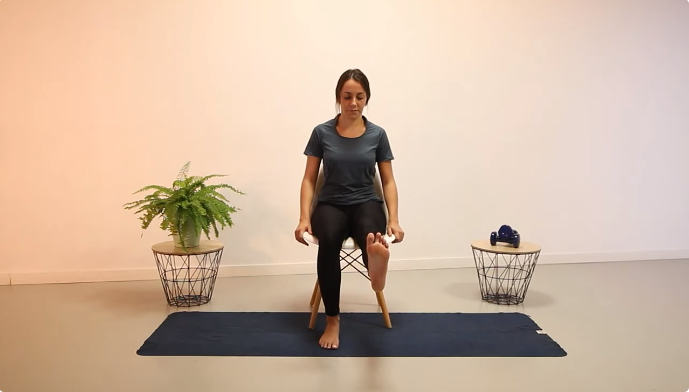
- Hip flexions in chair: also for early phase. The patient can assist himself with his hands and work on coordination if we introduce phases, orders and alternations.
- Starting position: patient, seated in a chair at rest. Lift the leg with the knee flexed.
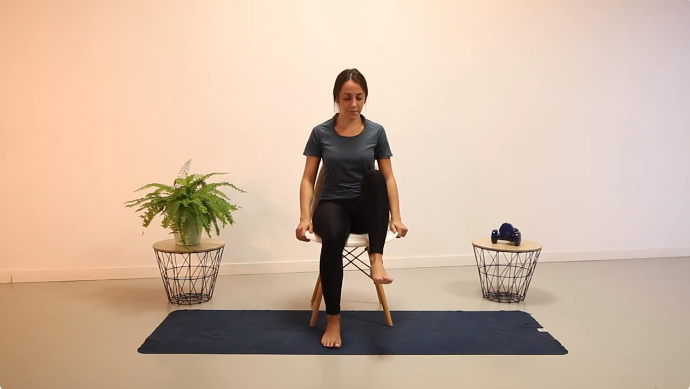
- Isometric shoulder flexion on a wall: we only need a ball as material and it is simple.
- Starting position: Standing, facing the wall. The patient performs a shoulder flexion against the wall and resists it for 10 seconds.
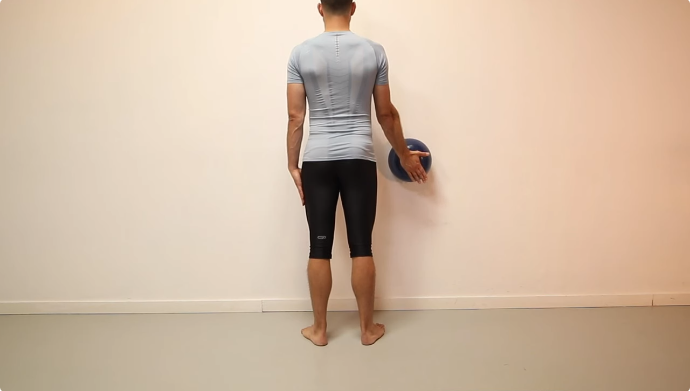
- One-legged support: for an advanced stage. It is recommended that at the beginning the patient be positioned close to a support.
- Starting position: patient stands, flexes one knee and holds for 10 seconds.
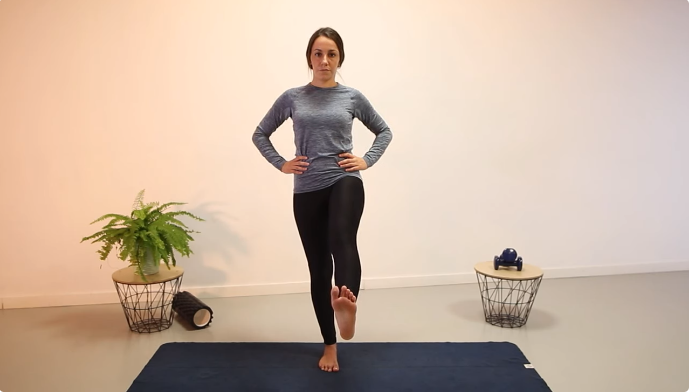
- Walking with or without an accompanying person: this is one of the best ways to work on coordination and endurance.
By analyzing the situation or stage in which our patient is, we can add difficulty or load to the exercise, so that it adapts as much as possible to the needs of each patient and personalizing the treatment.
TRAK: the remote telerehabilitation tool
The protocolization of an exercise program for this type of patient is of vital importance, as we have already seen.
TRAK digitizes rehabilitation to guarantee the personalization and adaptation of each exercise to each case. Our platform allows you to monitor the patient during their exercise session, guiding them through their protocol and correcting them in real time without the need for wearables or external technology.
We only need the camera of our mobile device or our laptop and TRAK will start the session. In addition, during the session, it will collect valuable information about the patient and the session being performed and send it to the healthcare professional for study and evaluation.
Our main task is to bring physiotherapy to every person who needs it.